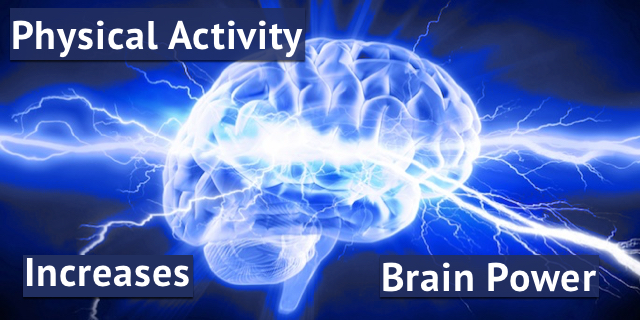A small randomized controlled trial, with 60 participants, adds to the evidence that physical activity, even in small amounts, is good for you. In this study, just published in The International Journal of Clinical Practice, participants were 70 years old and sedentary. Half the participants did an interval aerobic program for 30-minutes, twice a week, and the other half of the group continued to spend nine and a half weeks being sedentary.
Intensity of Physical Activity
 For the study, the intensity of the exercise seemed to be important. Participants would spend four minutes at the first ventilatory threshold (VT1). Then spend one minute at a lower rate of cycling-totaling five minutes. They did this six times for a 30 minute workout.
For the study, the intensity of the exercise seemed to be important. Participants would spend four minutes at the first ventilatory threshold (VT1). Then spend one minute at a lower rate of cycling-totaling five minutes. They did this six times for a 30 minute workout.
Your ventilatory threshold is a measure of the intensity of your workout. The Talk Test is a way to easily determine if you have reached VT1: when you begin to exercise, you usually can talk comfortably – you can easily recite the alphabet, for example. As you push yourself to work harder, talking becomes more difficult. When you can no longer speak comfortably, when it is effortful to speak, you have reached VT1. The participants pushed their exercising to the point where they couldn’t speak comfortably and stayed at that intensity for four minutes. After four minutes, they took a break, still cycling but lowering their effort for one minute. Four minutes on, one minute off (six times) to make 30 minutes.
The Benefits of 30 minutes twice a week
Prior to starting the program, all 60 participants took baseline cognitive tests and tests on their balance, walking, and physical performance as well as tests of anxiety and depression.
After the two and a half months, all participants were tested again. The participants who exercised had significantly positive changes in all the measures compared to before they started and compared to participants who didn’t exercise. They improved in tests of cognition, balance and walking. Their mental health improved as well.
One physician reviewer commenting on the study said,
“It’s good to have solid evidence to support these beneficial effects of specific forms of exercise; thereby, allowing clinicians greater confidence in prescribing such interventions to their sedentary older patients. Not only good for your patients’ heart and diabetes control, but also their cognition and mental health and well-being.”
Infographic
Below we share an infographic by the Cleveland Clinic on ways to maintain brain health.






